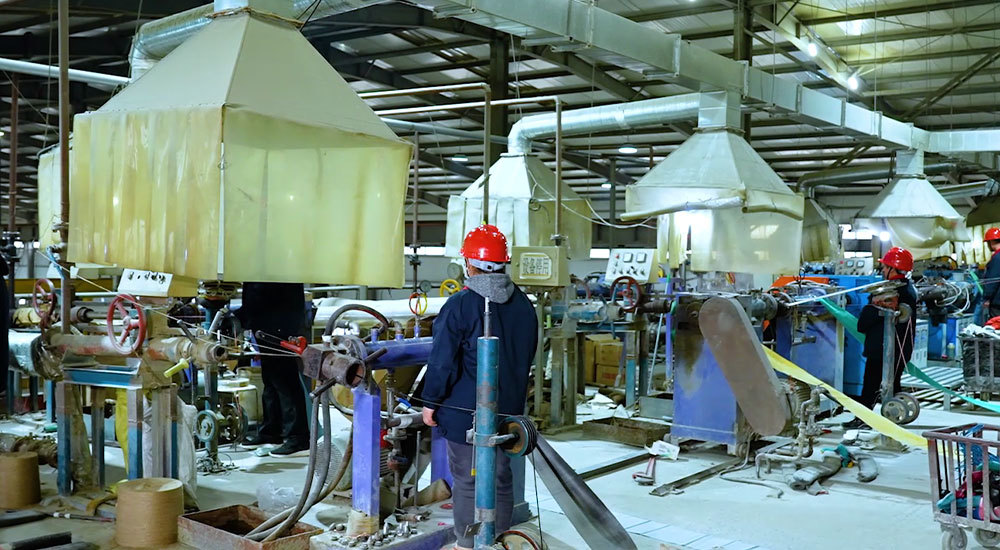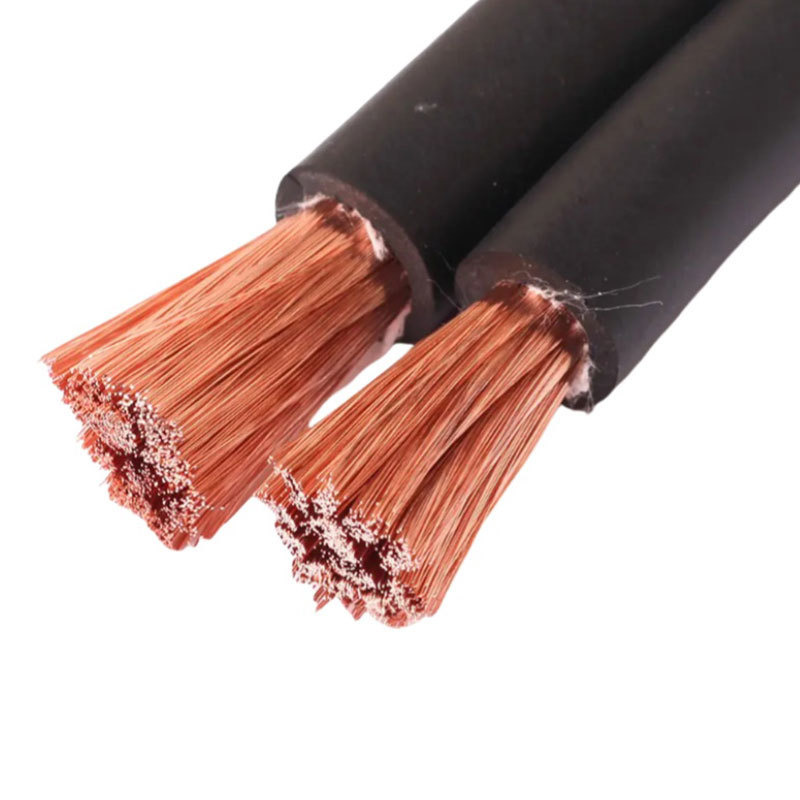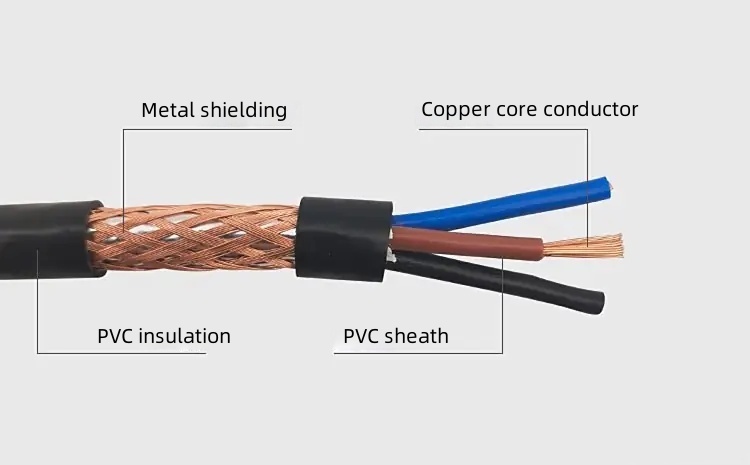How does the laboratory assess the combustion characteristics of wires and cables?

1. Flame retardant performance of a single cable
This method is that the sample is burned under specified conditions. After the fire source is removed, the flame spreads on the sample only within a limited range, which has the characteristics of preventing or delaying the occurrence or spread of flames.
2. Flame retardant performance of bundled cables
This method has the same basic principle as the standard test method for non-flammability of a single cable, and can basically reflect the actual characteristics of the project. This test basically simulates the actual cable trench or building wiring method, and can effectively test the flame retardant performance of cables when they are closely arranged.
3. Halogen-free performance of cables
This method requires that the cable material does not contain halogen elements (fluorine, chlorine, bromine, iodine, astatine), the substances produced during combustion are less corrosive, there is no toxic gas, and the damage to the surrounding environment, facilities, and personnel is less.
4. Low smoke performance of cables
This method requires that the harmful smoke generated when the cable burns is less, and is measured by the light intensity attenuation (light transmittance, visibility) through the smoke. The higher the light transmittance, the better the low smoke characteristics of the cable, and the more beneficial it is to the evacuation of personnel and fire extinguishing in the event of a fire.
TAG:










